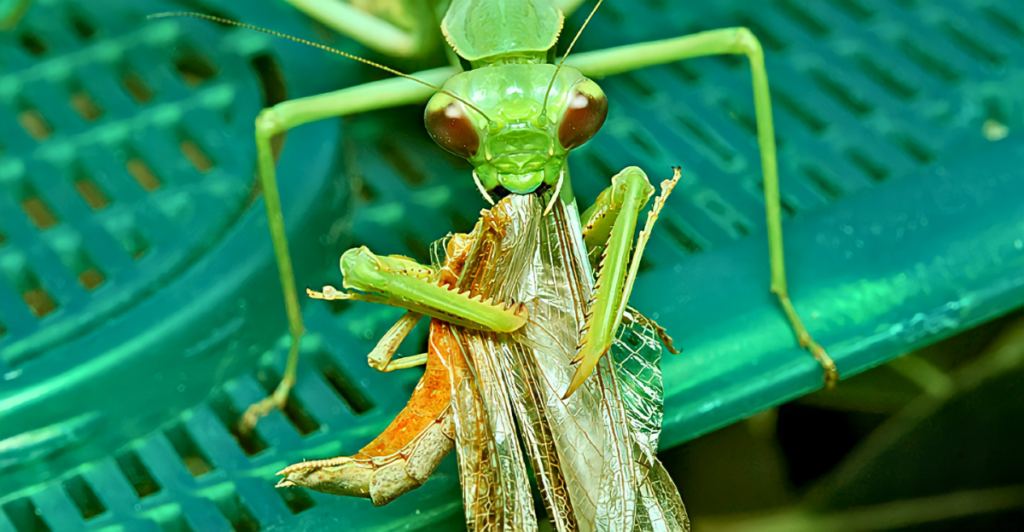
Cannibalism is the act of consuming one’s own kind, which is surprisingly common in the animal kingdom. It has been documented in more than 1,500 species and can occur for different reasons, including competition for resources, sexual strategies, and environmental pressures. While it may seem taboo to humans, cannibalism plays a crucial role in the survival and adaptation of many species through which many species survive and evolve.
1. Chimpanzees
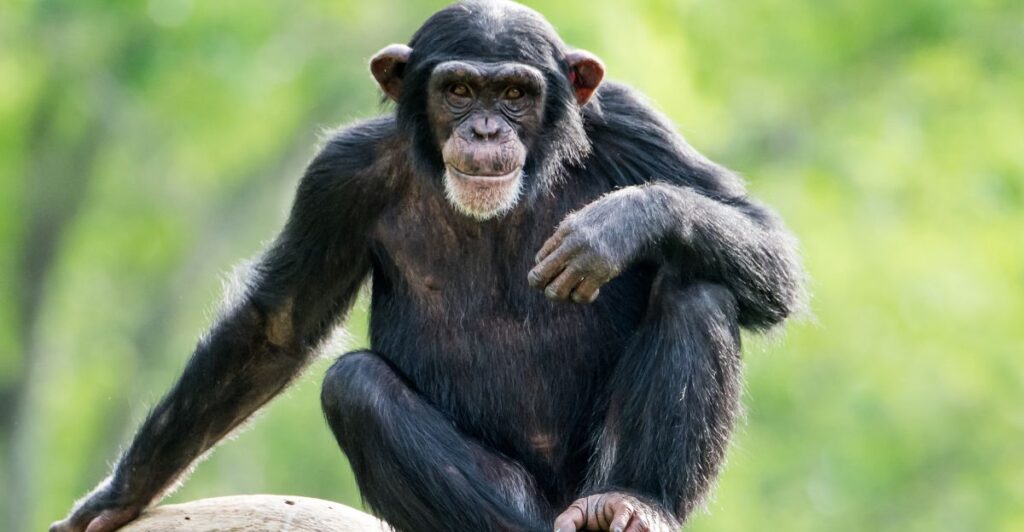
Our closest living relatives, chimpanzees, occasionally engage in cannibalism. This behavior is primarily tied to infanticide, where male chimpanzees may kill and consume infant chimps that they do not believe are their own. This strategy enables them to maximize their reproductive opportunities by bringing the females into estrus sooner.
2. Lions
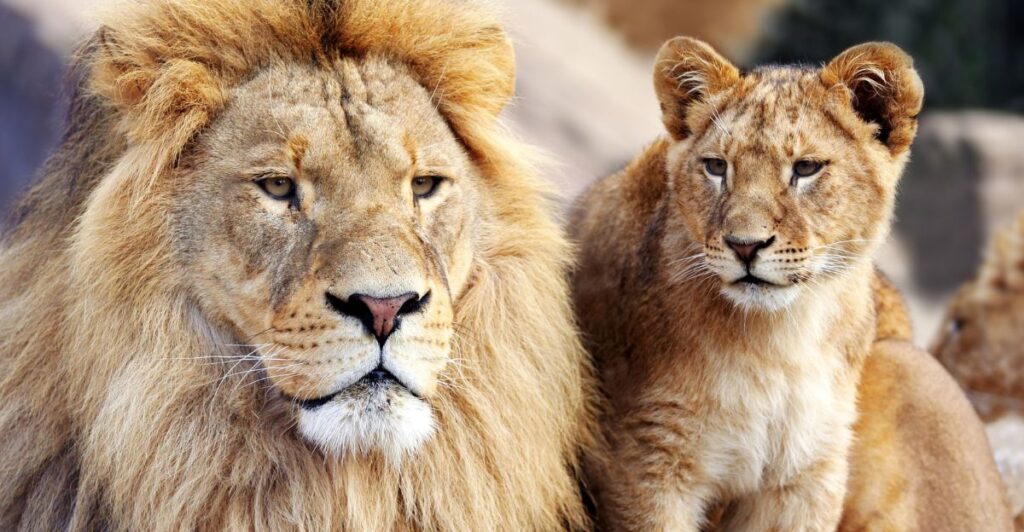
Lions also engage in a type of cannibalism through strategic infanticide. When a new male assumes control of a pride, he typically kills existing cubs to be able to mate with the females sooner. It is a form of eliminating competition for resources, and it can sometimes result in cannibalism.
3. Hippopotamuses
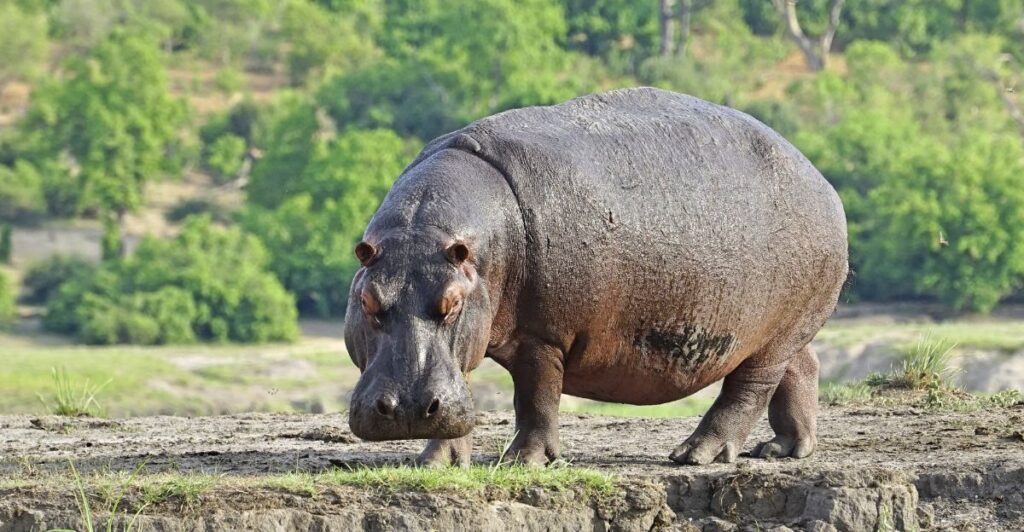
Hippopotamuses are primarily herbivores. However, they have also been observed eating the carcasses of other adult hippos. This is believed to happen in times of dire need when other food sources are limited. The findings shine a spotlight on how environmental pressures can lead a species toward cannibalistic behavior it would not normally exhibit.
4. Hamsters
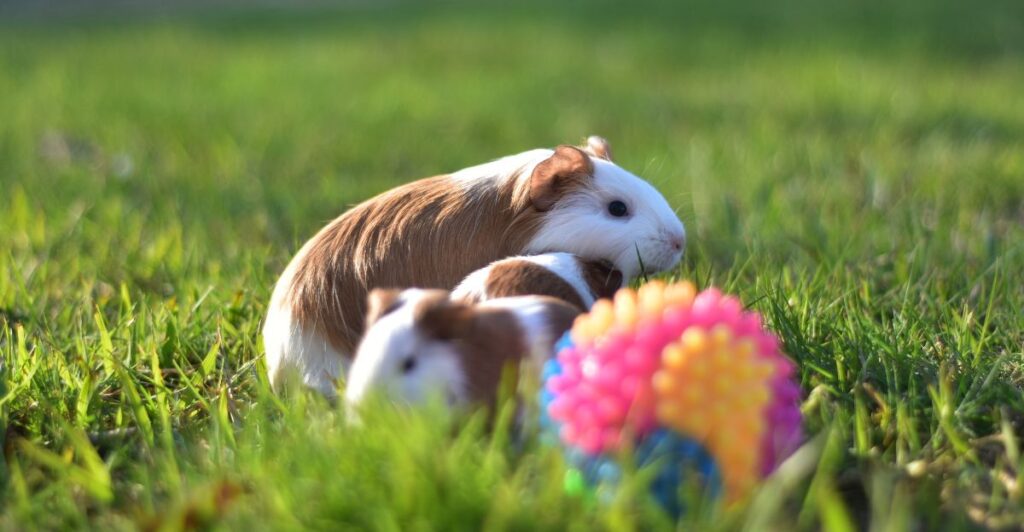
One of the most notorious examples of filial cannibalism in mammals occurs in hamsters. This behavior is often associated with nutritional deficiencies where the mother cannibalizes the young to nourish herself. It underscores the survival strategies among animals in resource-poor environments.
5. Crab Spiders
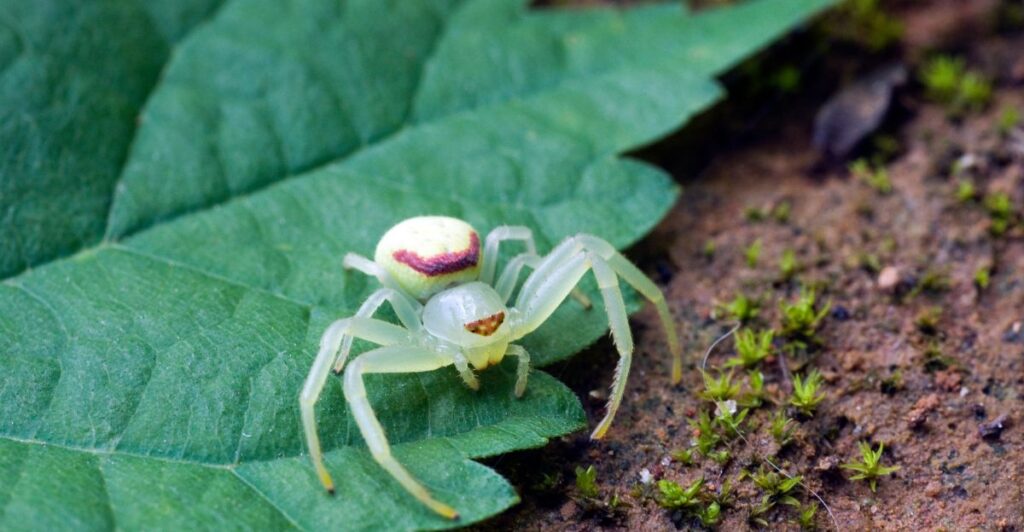
Crab spiders are known for a unique kind of cannibalism called matriphagy, in which the mother gives her own body as food to her young. This behavior guarantees the survival of her genes by supplying her offspring with vital nutrients.
6. Caecilians
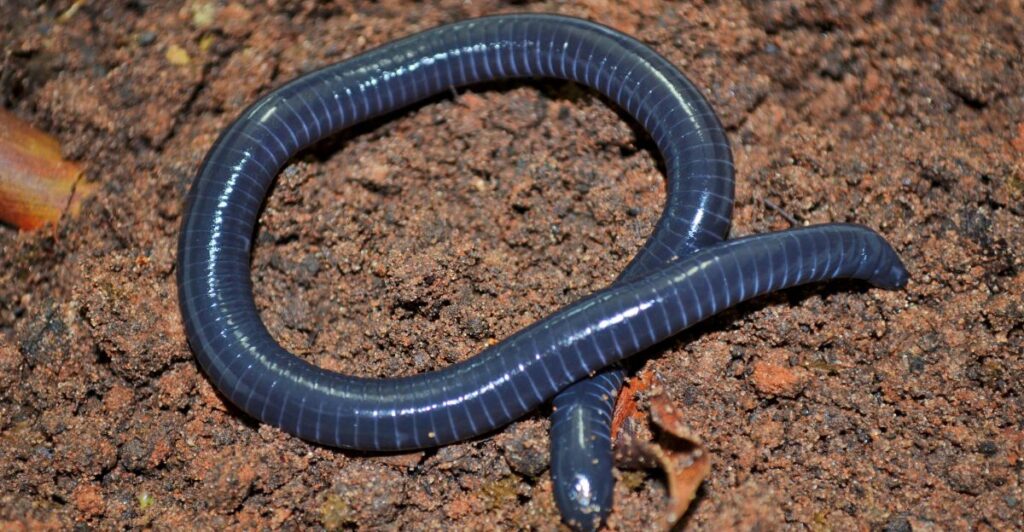
Matriphagy is also seen in caecilians (limbless amphibians) but to a less lethal degree. They produce a nutrient-rich layer of skin that their young eat, which then regenerates. This adaptation allows the young to grow rapidly without harming the mother.
7. Cane Toads
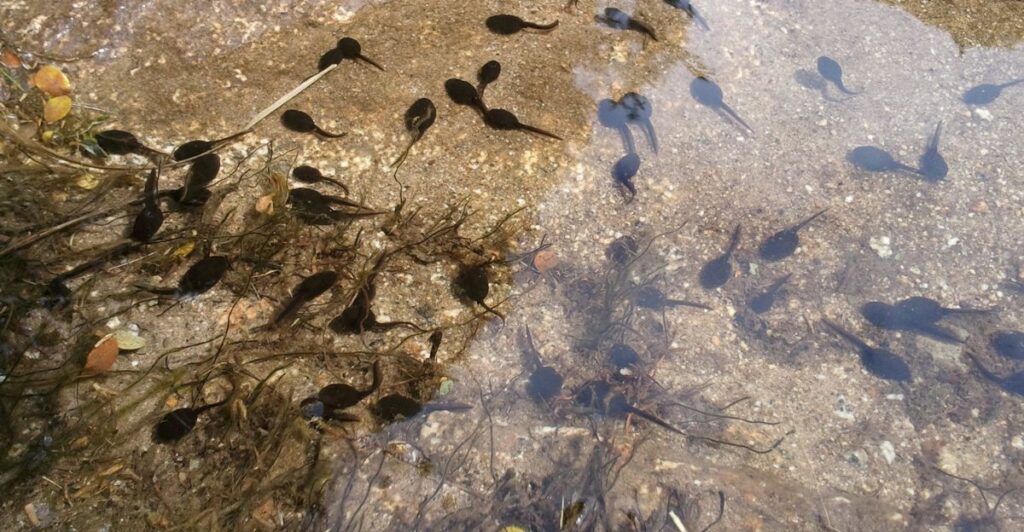
Cane toads exhibit sibling cannibalism, where larger tadpoles consume their smaller siblings. This behavior is a response to intense competition for resources within their own species, particularly in areas where they are invasive.
8. Praying Mantis
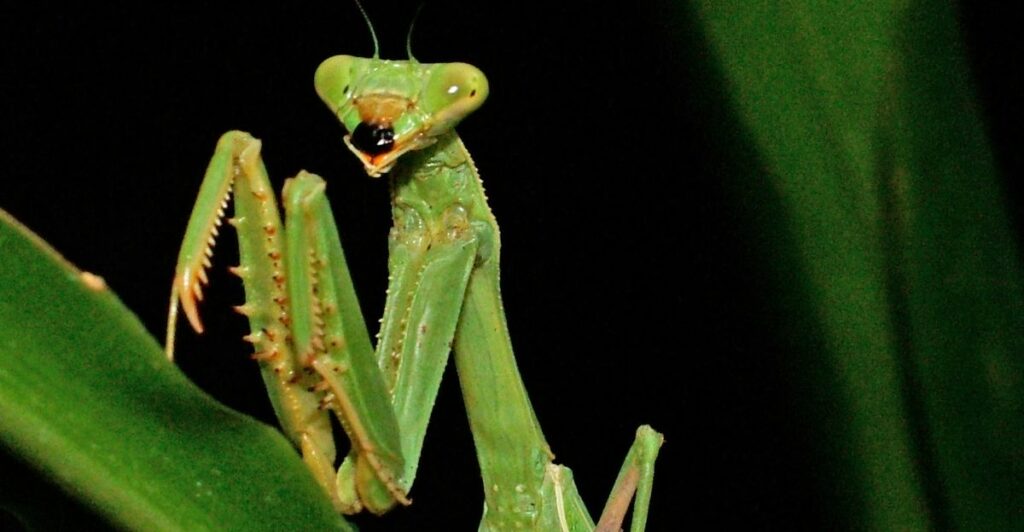
Female praying mantises are known for their sexual cannibalism, in which they eat their mates before, during, and after mating. This behavior likely increases the female’s fertility by providing her with nutrients that can increase her reproductive output. The male mantis can continue mating after its head has been severed because it has nerve cells in its abdomen that control copulation.
9. Black Widow Spiders
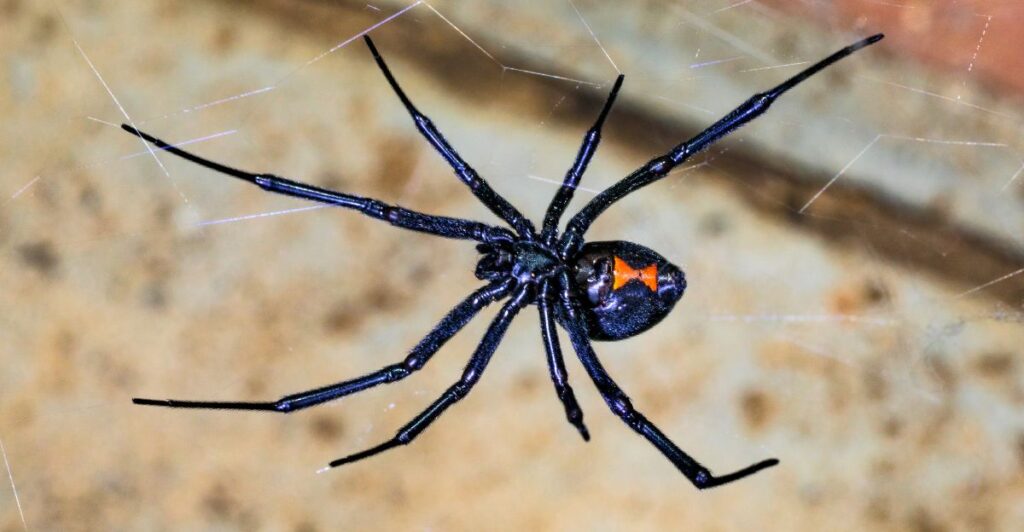
Black widow spiders also exhibit sexual cannibalism, in which females devour males after mating. This behavior is common among arachnids and is thought to provide the female with a nutritional boost, potentially increasing her fertility and reproductive success14.
10. Polar Bears

Cannibalism has increased among polar bears as climate change diminishes their food supply. As sea ice melts, they have fewer and fewer platforms from which to hunt, resulting in starvation and more instances of bear-on-bear attacks, with the loser sometimes being eaten.
11. Snakes
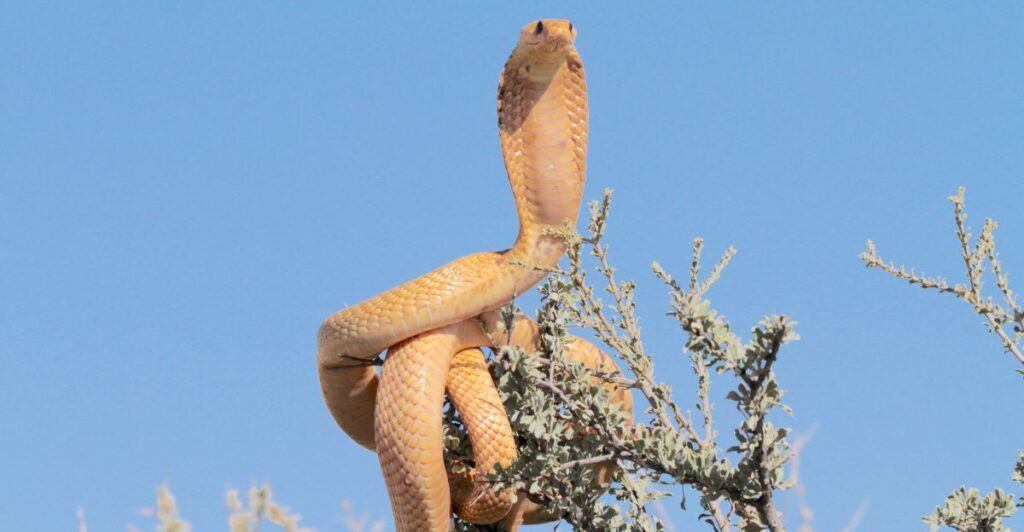
Some species of snakes are more than a little competitive, so they may engage in cannibalism. Male Cape cobras have been documented consuming rivals, and male king cobras consuming females. In the south of France, male Montpellier snakes eat females outside of mating season. This behavior highlights the adaptability of snakes in various ecological contexts.
Evolutionary Reasons for Cannibalism
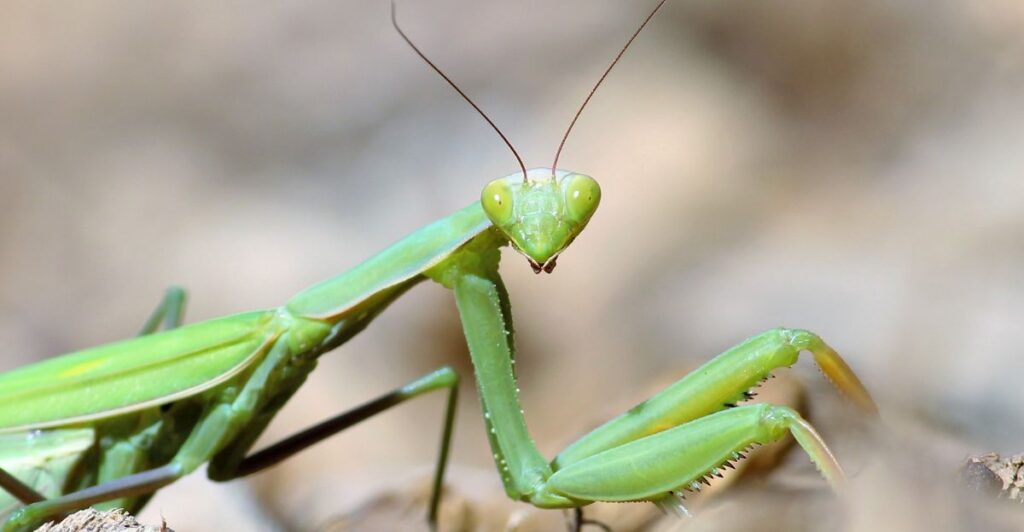
In many species, cannibalism represents an adaptive strategy that helps regulate population sizes and resource availability. It can alos serve as a mean to get rid of competition and increase the chances of survival of the remaining ones. However, it can also be dangerous, leading to the spread of disease and cannibalizing relatives.







